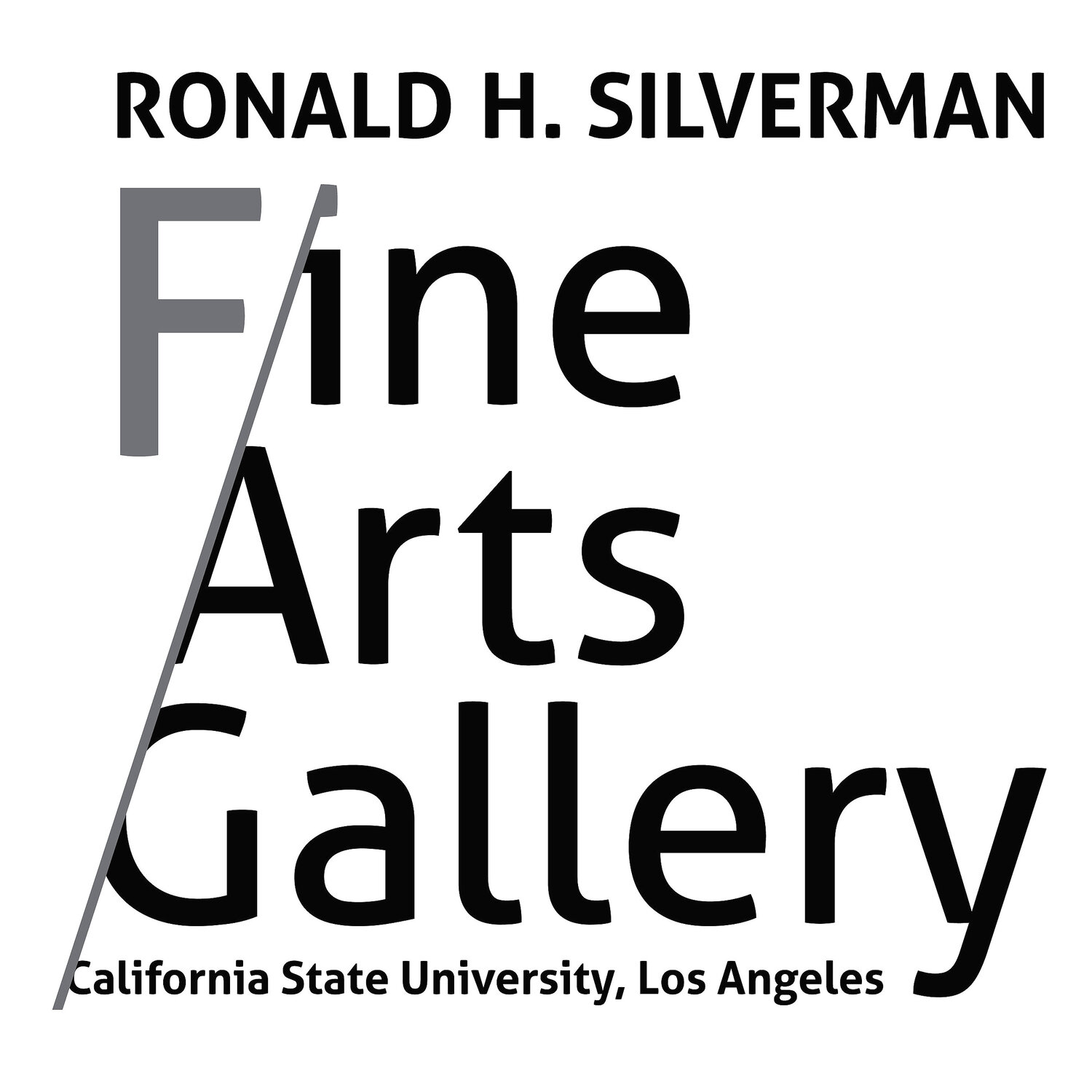Contemporary Iranian Photography
Exhibition Dates: January 22 to February 21, 2014
Contemporary Iranian Photography
At the Fine Arts Gallery of California State University, Los Angeles
April 12th - May 7th 2014
Every contemporary expression hangs in the balance until an inexplicable judgment of history either validates or rejects it. The contemporary arts of Iran, therefore, have yet to live across many zones of criticism, debate, and philosophical understanding on the way to more widespread and long-term notice. Nevertheless, at this crossroads, I believe that Iran’s contemporary arts––especially photography, the genius of its artistic expression––bespeak a wholly different frame of vision and production than that of any other time or place. Although a great deal of research and work is necessary to determine the aesthetic and historical significance of this current display, we may be assured that the so-far-generated polemics regarding its place and meaning have laid the foundation for its enduring significance not only in Iran but also worldwide.
The phenomenon of contemporary Iranian photography is quite surprising for rarely has so much of a period’s art appeared so simple yet turned out to be so complex. Mohammad Ghazali’s “Where the Heads of the Renowned Rest” and Shirin Aliabadi’s “Miss Hybrid,” among many others presented in this exhibit, prove this point. Ghazali’s urban images appear at first to be ordinary, quotidian photography, until after some scrutiny, one enters the horizon of his profound metaphysical subversions. Aliabadi, who may be viewed as playful and even superficial, represents one of those interstices of play where the paradox of desire and control, of simulation and dissimulation, have made transparent both the microcosm and macrocosm of Iran’s culture. Her images are filled with remembrances of past psychologies that can be measured, albeit subtly, beneath the façade of the work’s modern females.
Parastou Forouhar is another example of contemporary photography whose significance is more than surface deep; her references to earlier historical signs are more about the instability of such signs than their assumed values. Parastou is a master at displaying the paradox in theocracy and aesthetics by deftly communicating the beauty in horror and the god in abuse and exploitation. She exemplifies a phenomenal ability to implement through subjective aesthetics the objective and concrete matters of state and history. In fact, contemporary Iranian photography, for the most part, exhibits an anti-historical and anti-metaphysical stance that makes it distinct from so much else occurring in the Middle East.
It is amazing that within the strictest of institutional proscriptions, the contemporary artists of Iran have, for the most part, managed to chart new aesthetic and iconographic paths. Examples are such semiotic photographs as the “Moustache” and “Hand and Belt” series of Peyman Hooshmandzadeh, wherein the images are phenomenological acts of bracketing those signs that illuminate the various economic and cultural strata of Iran through fragments and fragmentary embodiments of value.
The complexity of Iran’s contemporary life and thus its photography is necessarily sodden with tensions and conflicts that, given the State’s rigid proscriptions, have produced a theatre of signs, evading and avoiding official obstacles. Therefore, as in the works of Tirafkan, Forouhar, Javadi, Kowsari, and Golshiri, though they demonstrate a variety of methodologies, we find a radical reformulation of signs as theatrical symbols. In these works the epistemology of cognition is bypassed so that meaning, highly discursive, may not be easily codified. Though political repression has vitiated freedom of expression, new tactics and strategies of communication have both overcome the State’s demands and enriched the various arts and their meanings.
Abbas Daneshvari, PhD
Professor of Art History


